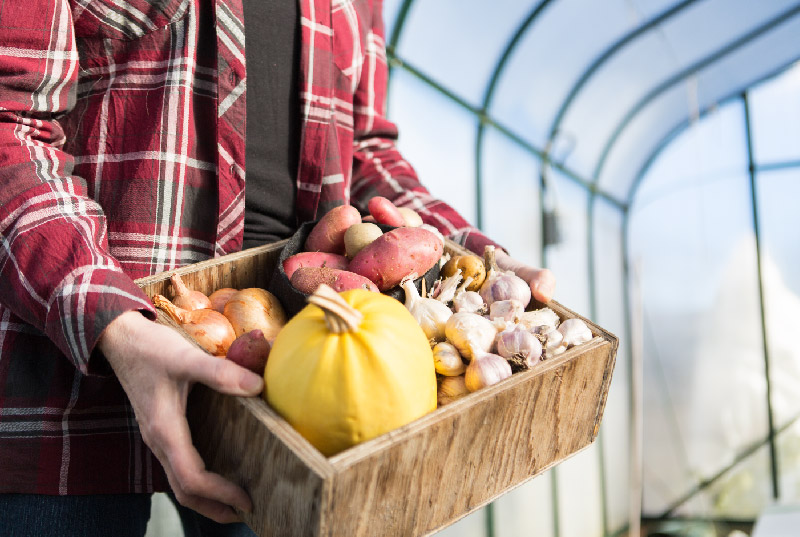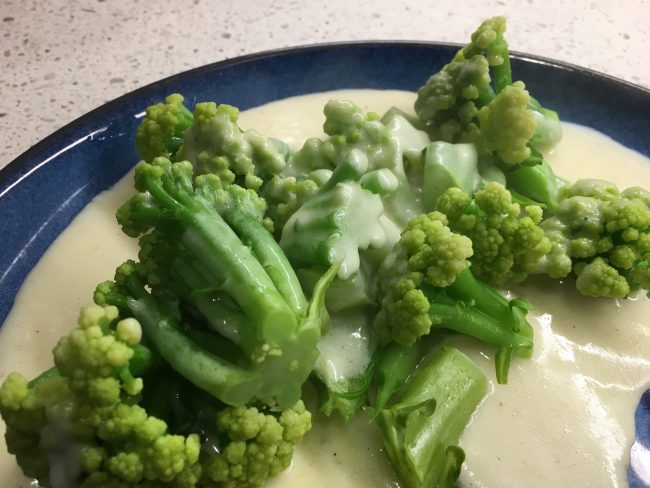
I help gardeners grow
& beginners blossom.
No seed left behind,
no soil unturned.
Together we can have lots of fun growing
great gardens using simple practical tips.
- Featured in -





Start saving & storing your garden seeds for a more more sustainable future
SIGN UP to get the FREE Seed packet PDF
X CLOSE

It’s All Happening in the Soil (or dirt) (or Terroir)
Drop-Box system for fungi feeds our plants better
It’s all happening in the soil, or as grape growers say “in the Terroir.” Wine grapes grow better on special but not always better ground. Grape like grape ground. This is stony rocky soil that can barely raise a radish yet it is perfect for grapes. Why is that? Grapes are a perennial crop so the plants are not pulled out and replanted ever year. So there is time for the active biology in the environment to slowly eat the soil.

Grapes can – but don’t have to – grow on stony soil. My own edible grapes grow on an organic soil slowly built up over my sandy soil and they are sweet and tasty.
In a recent Scientific American blog I read : “Scientists have long known that mycorrhizal fungi – those that live symbiotically in and on the roots of plants – trade minerals and water they absorb from the soil for food that plants manufacture from sunlight, carbon dioxide, and water.” Yes it is true. Roots are trading sugars for minerals.
The specialized fungi set up a drop-box system with the plants they are associated with to share energy in exchange for nutrients in a safe place where neither party gets harmed. These little fungal strands enter roots of plants where the big exchange takes place. This is why minimizing soil movement minimizes destruction of fungi. This is also why plants growing as perennials – permanently in place – have the leisure to fix soils. To read the full Scientific American article about the world’s biggest mining operation check it out here.
But microbial activity isn’t special for grapes. It happens in forests and perennial growing areas everywhere. In fact it is probably happening in your garden too if you are gentle with your soil and don’t practise the ancient – and now discouraged – practise of double digging.

A fragile, branching fungus can be seen in this magnified microscope photo of a fungus taken by my friend Joan Altenhof. Protecting fungi by minimizing digging lets them do their work – which means finding minerals and exchanging them for plant sugars.
What is this double digging method you ask? And why is it so bad for soil biology? Double digging means you pile up the topsoil on one side of a trench and then dig deeper and pile the subsoil on the other side. Then you put the good soil back in the bottom of the whole and top it up with the bad soil. This puts the subsoil layer on top of the living, breathing, oxygen dependant topsoil layer.
So if you are following along, this means the soil with loads of microbes is suddenly starved for oxygen under a layer a subsoil. Microbes need air to breathe and once the soil is dug deep in this archaic “double digging” activity, oxygen is in short supply for the now buried microbes and many will die or go to sleep (dormant.)
Why did this practise begin? In the old days we only concerned ourselves with soil chemistry and in some soils, some of the minerals like Calcium leached down into the deeper layers. We mistakenly thought it would be better to reintroduce these leached chemicals back into the topsoil by double digging. Now we know it is best to build the physical, biological and chemical properties of the soil in tandem. Not with brute strength.

Al’s invention to scrape up worm castings from the surface of the soil is simply a piece of downspout and a garbage bag. He runs the metal along the ground to scrape up the worm castings and they accumulate in the bag. Simple and effective.
So today’s soil building involves nurturing microbes by adding microbe rich home-grown compost or worm castings. (I love worm castings and my friend Al has invented a little tool to scrape the castings off the ground.)
Soil building often involves improving soil physics by adding calcium. This means Ag lime in a very fine grind (100 mesh) but this can be dusty. Another neater organic pelleted form of lime like Calpril might work better for you. This is great for soils low on available calcium. Gypsum is an alternate source of Calcium combined with sulphur to loosen clay soils. Unless you are short of both lime and magnesium avoid dolomite because it will make the physics of your soil tight and hard to penetrate.
Finally improving soil involves chemistry. Not to get too hung up on this but most of the nitrogen can come from your compost and the biology it feeds. As microbes go about their business they slowly mineralize nitrogen and make it available to plants. But other things – like phosphorus – are often unavailable to roots if you don’t have the biology.

One Susanna cauliflower was picked in November and another in January in my greenhouse. I simply do not worry about bugs in my cabbage and cauliflower since I have been focussing more on my soils.
Phosphorus needs the dropbox method of fungi and bacteria working in tandem to mineralize it and make it available. In turn the plants make sugars (remember the basic biology of photosynthesis?) and exchange the sugars with the fungus in the root. I have heard Dr. Elaine Ingham speak and she says that plants can give up to half their sugar to the microbes in the soil in exchange for minerals. For more info about the soil food web read online resource here.
If a soil test shows your microbes are low or your chemicals are low or your physics are bad you can make improvements. Just avoid double digging or other aggressive, energy demanding tasks that exhaust you and kill your biology. You may also consider adding low-salt fertilizers and start switching to organic fertilizers to feed the microbes instead of the plants. But that is a bridge too far for some gardeners.

Yummy Susanna cauliflower looks a lot like broccoli when it is cooked and swimming in cheese sauce.
Feeding the plants directly, with fast acting readily available non-organic fertilizers means almost certain death to microbes. The plants simply do not need to share their resources with the microbes when the instant fertilizer is readily at hand. I am investigating some excellent sources of organic low-salt fertilizers right now so I can continue to build my soil rather than destroy it. I’ll be posting about it as I learn more.
Welcome to my world and look for me at various speaking events this winter where I will be happily sharing the gospel of gardening and talking about growing soil and building pest-free gardens. New speaking opportunities are coming up daily and many are in the works but the confirmed ones are right here on my website. Better soil means better plants and fewer pests.
Oh, and If you don’t see me at a speaking event you might see me and my books and products at a Seedy Saturday. Check out my shop here but it is not all-inclusive. I have more fun things to share and sell than you can imagine!

Cabbage, like this Danish Ballhead shown in late January get very red when exposed to winter temperatures, even inside the greenhouse. This beautiful cabbage became a cabbage salad last week! It thrives in my rich organic soil.
Donna Balzer is the Brand Ambassador for BCGreenhouse Builders and she has two greenhouses in her big backyard.

What Would Donna Do?
Get my growing and gardening tips and pointers throughout the season.
















0 Comments